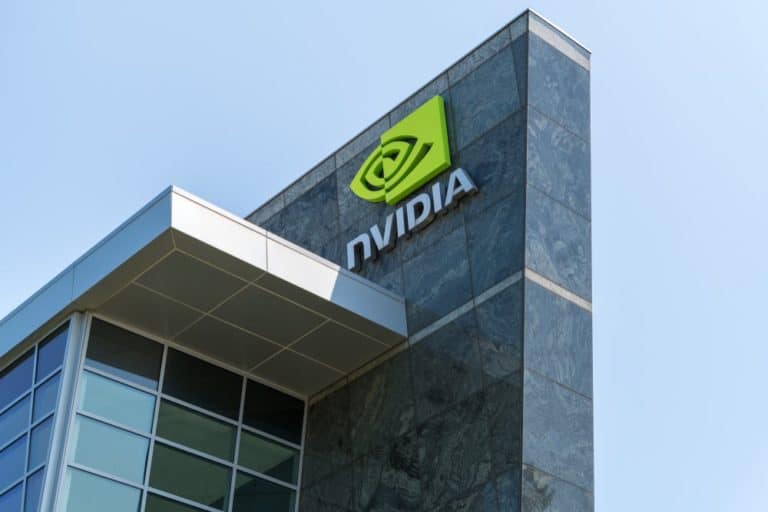Chip manufacturer Nvidia has announced that its Artificial Intelligence (AI) and high-performance computing infrastructure will soon support Arm-based CPUs. The support should be there before the end of the year.
Nvidia’s CUDA-X AI and HPC libraries, GPU-accelerated AI frameworks and software development tools all need to support Arm-based machines. That’s a big step, since Arm-based supercomputers enable a much larger scale, because they handle energy more efficiently, says Silicon Angle.
According to CEO Jensen Huang, the combination of Nvidia’s CUDA-accelerated computing and Arm’s energy-efficient CPU architecture should give the HPC community a boost for ‘exascale’. Exascale is a term that refers to computers that can perform a quintillion operations per second.
Ian Buck, the general manager and vice president of accelerated computing at Nvidia, states that the choice to support Arm CPUs is due to the broad and growing interest in the industry. “Poor is interesting, because it’s very open. Nvidia’s infrastructure is already in 22 of the 25 most energy-efficient supercomputers because of its support for x86 and POWER-based chips. With Arm, that presence must be even greater.
Autonomous vehicles
Nvidia hopes to expand its supercomputing power not only to AI in general, but also to specific use cases. This concerns, for example, the training of AI systems for autonomous cars. To do so, the company claims to have unveiled the 22nd fastest supercomputer, called DGX SuperPOD. An architecture was also launched for companies that want to use it themselves in their own or outside their data centres.
The DGX SuperPOD is designed to provide the AI training infrastructure needed to deploy large fleets of autonomous vehicles. The machine was built in just three weeks and consists of 96 of the older DGX-2H supercomputers integrated with new data centre interconnect technology. That technology came into Nvidia’s hands when it took over Mellanox.
The DGX SuperPOD is designed to train neural networks for autonomous cars so that they understand the rules of the road.
This news article was automatically translated from Dutch to give Techzine.eu a head start. All news articles after September 1, 2019 are written in native English and NOT translated. All our background stories are written in native English as well. For more information read our launch article.